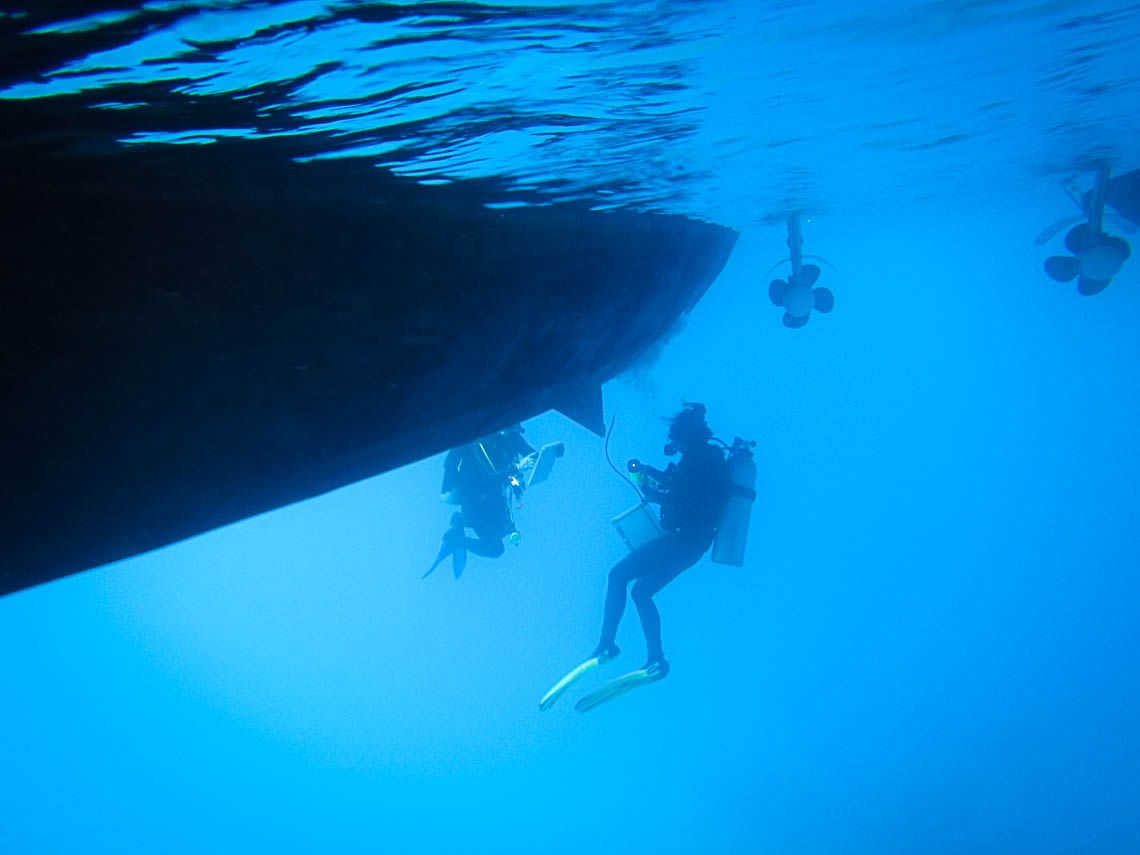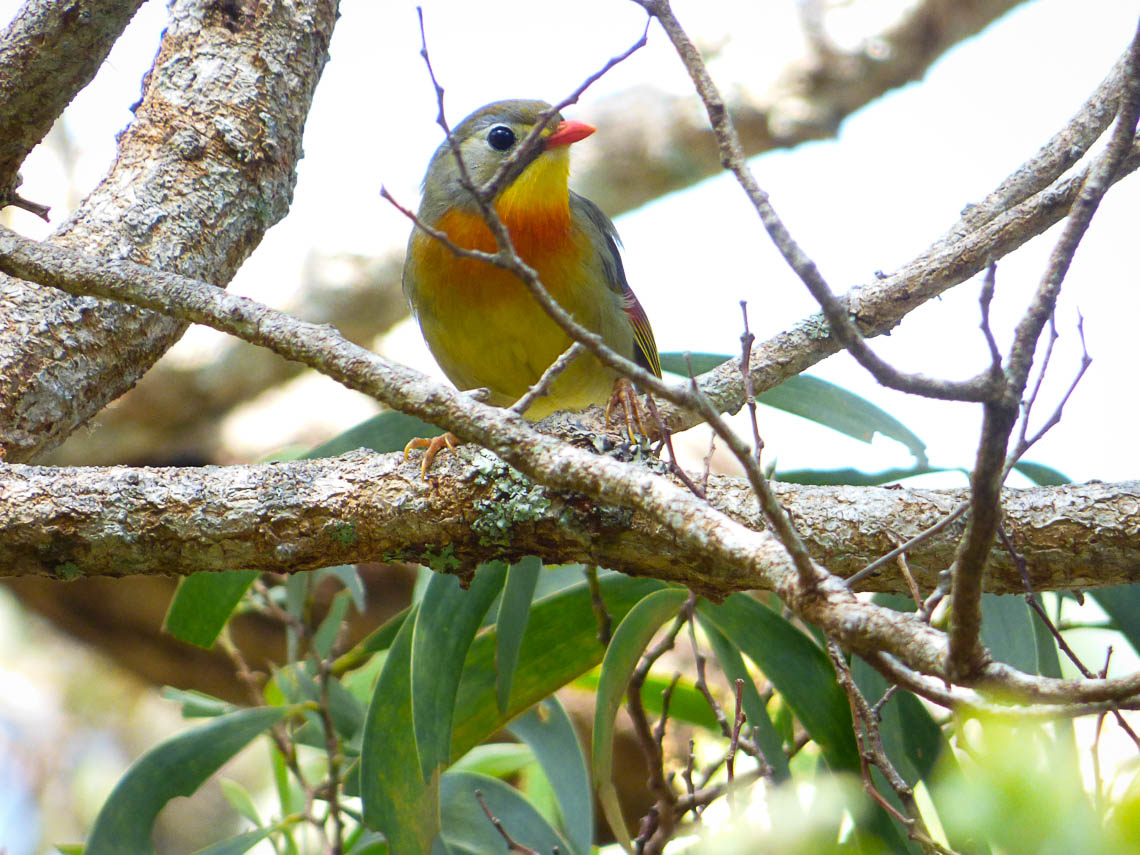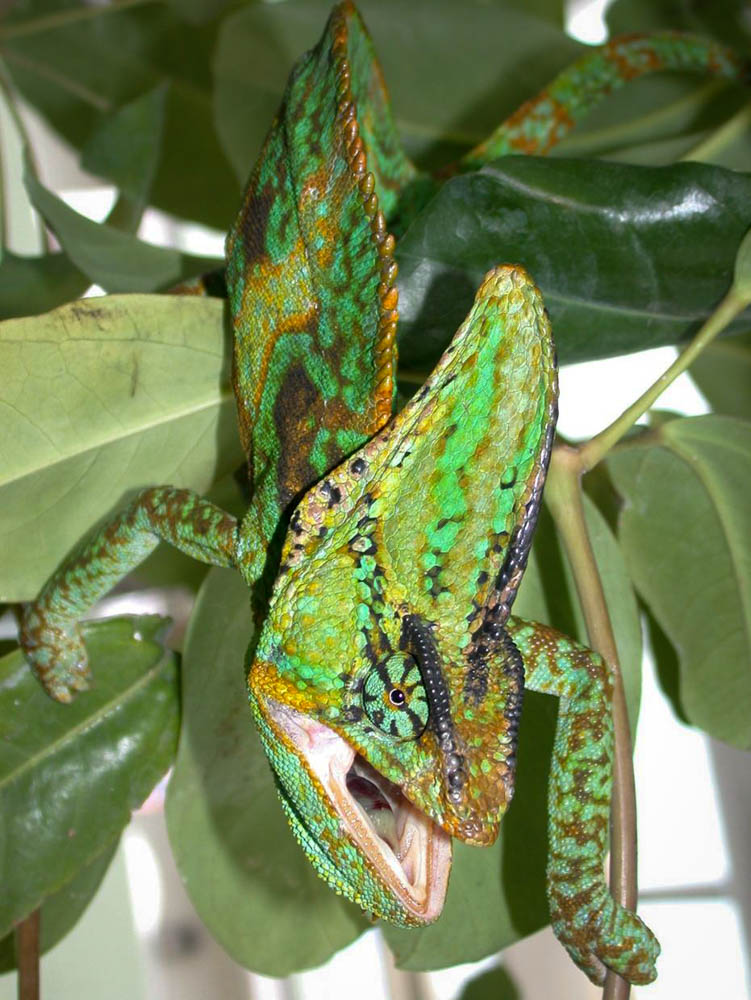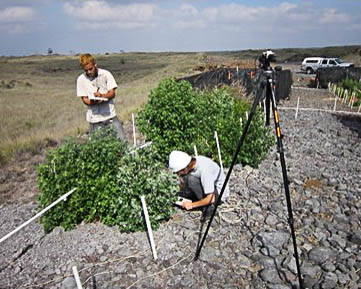Over 1,000 ships enter Hawaiʻi’s ports and harbors every year. Coming from throughout the Pacific and Oceania, bringing cargo and…
Read More
Backyard efforts help protect Hawai’i
With stay-at-home orders in place, many of us are stretching our legs with a walk around the yard or neighborhood,…
Read More
Safe biological controls rely on specialized species
Living creatures can be grouped as specialists or generalists based on their strategies for finding food and habitat: generalists thrive…
Read More
Stopping both global pandemics and biological invasions requires flattening curves.
In 2002, an unusually large and strange-looking chameleon turned up in a remote area of West Maui. The resulting media…
Read More
Native plant firebreaks may be a tool to control wildfires
A few hundred feet from the traffic of North Kīhei road, native dragonflies swoop and dive, snatching their food mid-flight….
Read More





